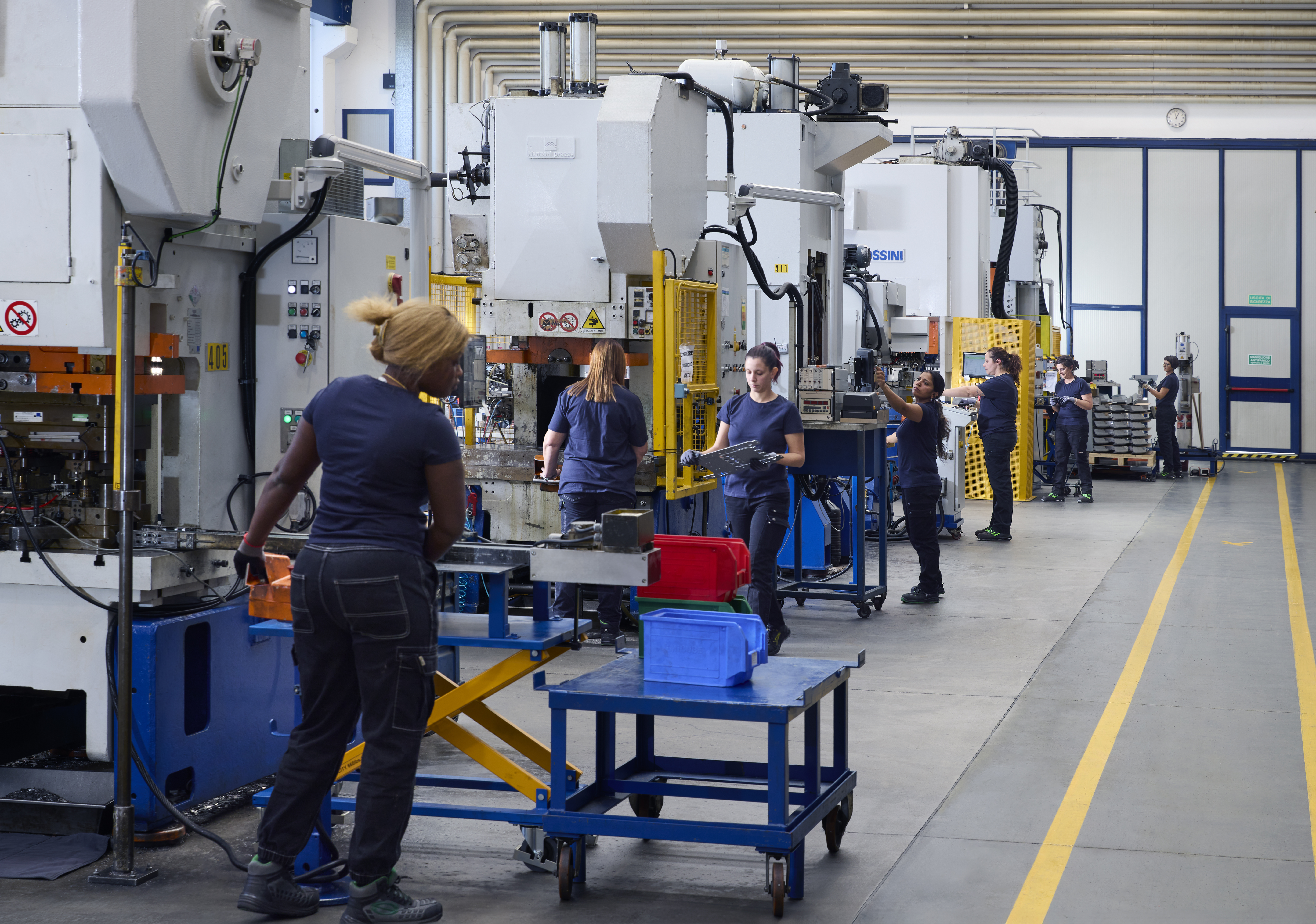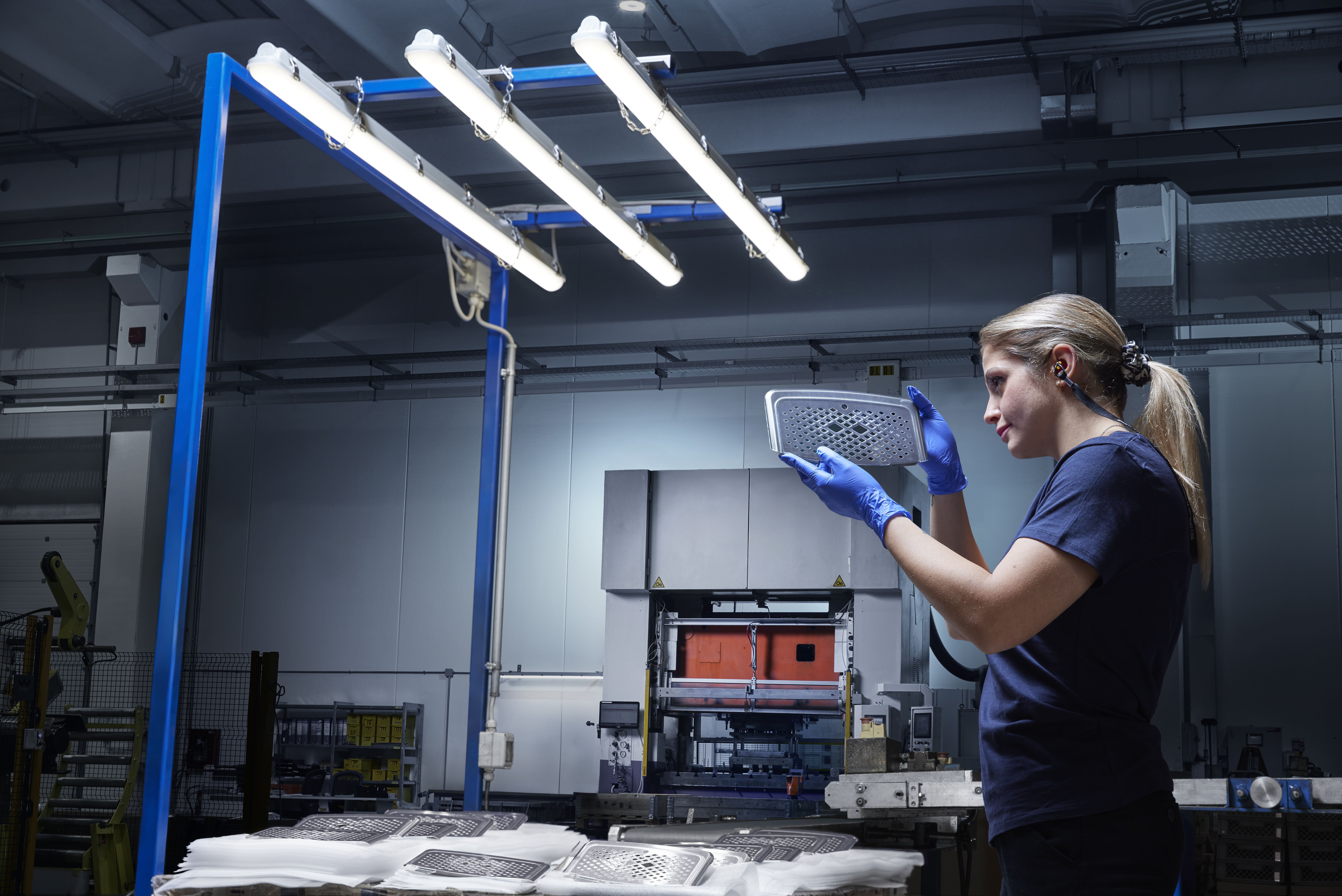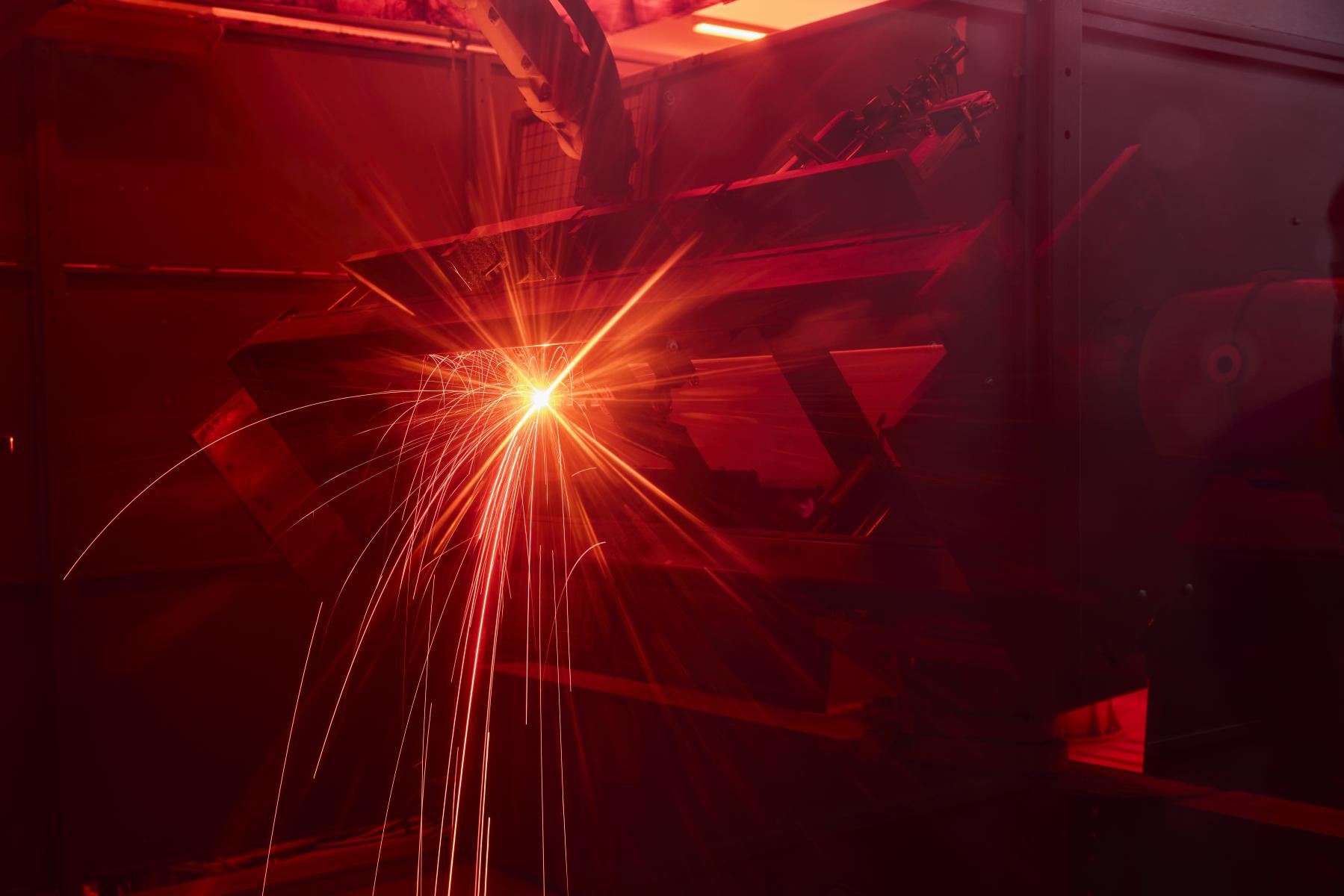Breadcrumb
Metal forming process: what is it about?
The sheet metal forming processes are a series of techniques and operations used to shape sheet metal, which is a flat and thin material. These processes are widely employed in the manufacturing industry to create a wide range of products, including automotive parts, appliances, containers, components, and much more.

Here are the topics we will cover in the article:
- Sheet metal forming process: what does it entail?
- How does the sheet metal forming process work?
- Which metals can be processed?
- The advantages of choosing Minifaber
Sheet metal forming: what does it entail?
During the sheet metal forming process, the metal is plasticized, meaning it undergoes permanent deformation without breaking. This is made possible by the mechanical properties of the metal material, which allow it to be shaped without losing its structural integrity. In the process, temperature can be controlled to enhance the workability of the metal.
Sheet metal forming requires precision and careful handling to achieve high-quality products. The tools used, such as molds, presses, and specialized equipment, are designed to ensure accurate and uniform deformation of the material. The design and engineering of the components to be formed are crucial in determining the final shape and properties of the finished product.
How does the sheet metal forming process work?
Generally, metal forming processes involve the plastic deformation of the sheet through the application of external forces. There are various available techniques, depending on the desired product type and specific characteristics of the metal. Some of the most common forming processes include shearing, deep drawing, bending, punching, laser cutting, and welding.
Shearing
Sheet metal shearing is a mechanical forming process used to cut sheets of metal into desired shapes. It involves the use of a machine called a shear or shearing press.
Deep drawing
Deep drawing is a process used to deform a sheet or metal plate into a three-dimensional convex shape, known as a drawn cup. It is commonly used to create components such as bowls, shells, or concave-shaped enclosures.
Bending
Sheet metal bending is used to deform a sheet into a three-dimensional shape with desired angles or curves. It is commonly used to create components such as angles, frames, or parts with folded surfaces.
Punching
Sheet metal punching is a versatile process that allows various cutting and forming operations on metal materials. Choosing the correct parameters, such as punching force, speed, and tool geometry, is crucial to achieve quality results and avoid unwanted deformations or damage to the sheet.
Laser cutting
Sheet metal laser cutting is a machining technique used to cut metal sheets using a focused high-power laser beam. This cutting method offers high precision, speed, and efficiency.
Welding
Welding is a process of joining two or more metal sheets by heating and melting the edges and applying a filler material, known as welding metal or welding electrode. This process allows the creation of high-strength welded joints.

Which metals can be processed?
Different types of metals can be processed using the techniques we have described. Minifaber can work with:
- Steel: Steel is one of the most common metals used in sheet metal forming. It is strong, durable, and has good corrosion resistance.
- Aluminum: Aluminum is a lightweight and versatile metal. It is widely used in the production of automotive components, aerospace parts, and household appliances.
- Copper: Copper is known for its excellent electrical and thermal conductivity. It is often used in the manufacturing of electrical components such as wiring and printed circuit boards.
- Bronze: Bronze is an alloy of copper and other metals, such as tin. It is known for its wear and corrosion resistance and is used in the production of bearings, gears, and machine parts.
- Titanium: Titanium is a lightweight yet strong metal with high corrosion resistance. It is used in high-tech industries such as aerospace and medical.
These are just a few examples of the metals that can be processed through sheet forming processes. However, it's important to note that different metals may require specific processing techniques due to their unique properties.
Why choosing Minifaber
If you are looking for a specialized supplier in all these types of sheet forming, Minifaber is ready to provide you with its expertise and highly qualified team. We are a company that has been providing sheet metal processing for over fifty years, serving both domestic and international clients.
Here are the advantages of choosing our services:
- Processing for both small and large quantities.
- The production is carried out entirely in-house, ensuring optimization of time and costs for the customer.
- Ability to create highly complex products.
- Customer support from the design phase onwards.


